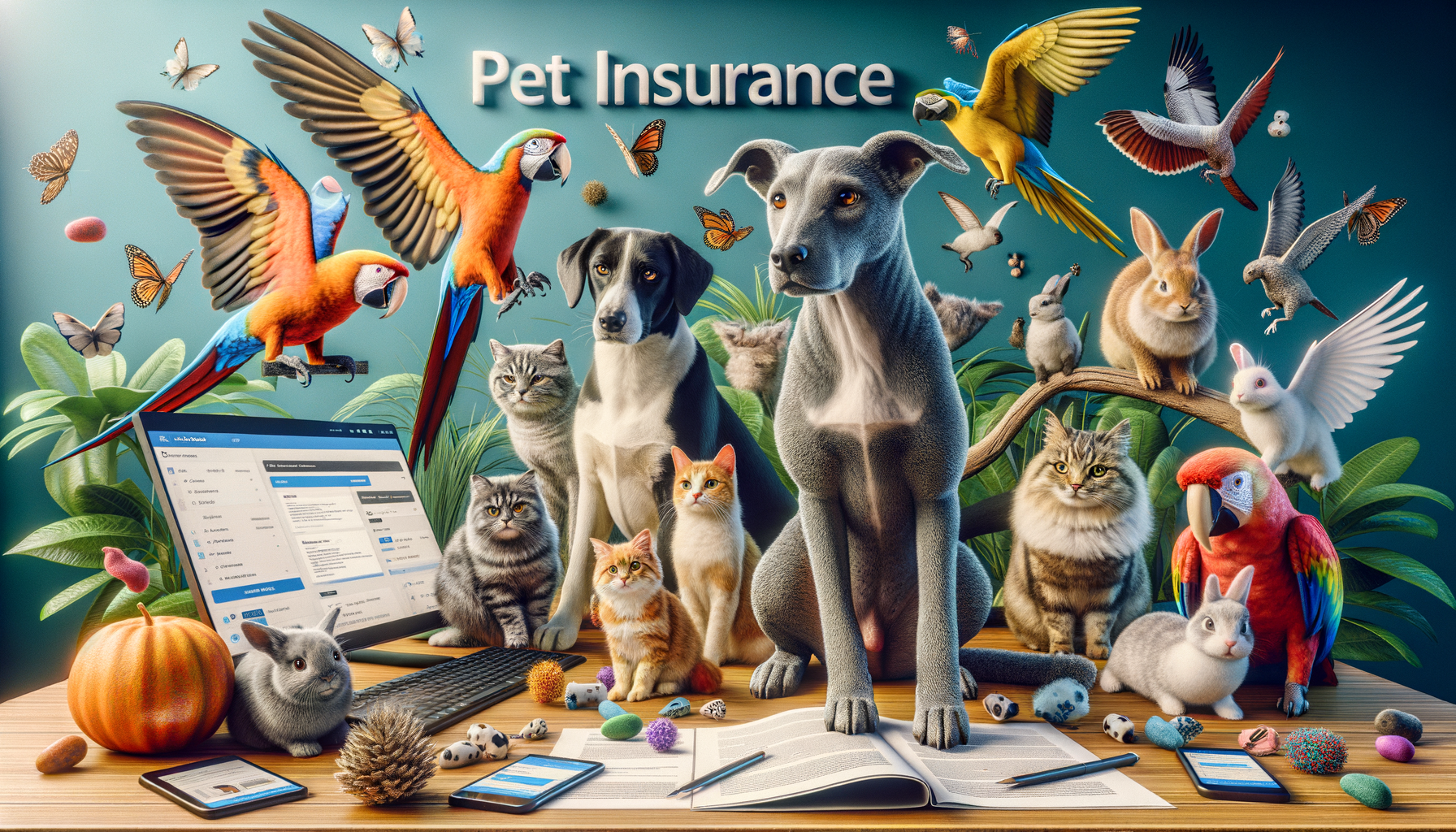Introduction to Pet Insurance
As pet ownership continues to rise, so does the demand for pet insurance. This type of insurance provides financial protection against unexpected veterinary expenses, ensuring that your beloved animal companions receive the care they need without causing financial strain. Pet insurance is becoming an essential aspect of responsible pet ownership, offering peace of mind to pet parents by covering a range of medical expenses.
Pet insurance policies typically cover accidents, illnesses, surgeries, and sometimes even routine care. With the increasing costs of veterinary treatments, having a safety net can be crucial. This article will delve into the various aspects of pet insurance, helping you make informed decisions when considering coverage for your furry friends.
Understanding Pet Insurance Coverage
Pet insurance policies can vary significantly, offering different types of coverage based on the needs of the pet and the preferences of the owner. Generally, coverage can be categorized into three main types:
- Accident-only coverage: This type of policy covers injuries resulting from accidents such as broken bones or ingesting foreign objects.
- Illness coverage: This covers a wide range of illnesses, from common infections to more severe conditions like cancer.
- Comprehensive coverage: Often considered the most inclusive, this policy covers both accidents and illnesses, and may also include wellness care.
When choosing a policy, it’s important to consider factors such as the age and breed of your pet, as these can influence the likelihood of certain health issues. Additionally, some policies may have exclusions for pre-existing conditions or breed-specific ailments.
Factors Affecting Pet Insurance Premiums
Several factors can influence the cost of pet insurance premiums. Understanding these factors can help you choose a policy that fits your budget while still providing adequate coverage. Key factors include:
- Breed: Certain breeds are prone to specific health conditions, which can affect the cost of insurance.
- Age: Older pets are generally more expensive to insure due to the increased risk of health issues.
- Location: Veterinary costs can vary by region, influencing insurance premiums.
- Coverage level: More comprehensive coverage often results in higher premiums.
By comparing different policies and considering these factors, pet owners can find a plan that offers the right balance of coverage and affordability.
The Process of Obtaining Pet Insurance Quotes
Obtaining a pet insurance quote is a straightforward process that can often be completed online. Most insurance providers offer online forms where pet owners can input details about their pet and receive a quote almost instantly. These forms typically require information such as:
- Pet’s age, breed, and medical history
- Owner’s location
- Desired coverage level
After submitting this information, you will receive a detailed quote outlining the premium costs and coverage options. It’s beneficial to obtain quotes from multiple providers to compare costs and coverage, ensuring you make an informed decision.
Conclusion: Making the Right Choice for Your Pet
Choosing the right pet insurance requires careful consideration of your pet’s needs and your financial situation. By understanding the different types of coverage, factors affecting premiums, and the process of obtaining quotes, you can select a policy that provides the necessary protection for your pet.
Ultimately, pet insurance offers peace of mind, knowing that you can provide the best care for your pet without the burden of unexpected veterinary expenses. As you explore your options, remember that the right policy can make all the difference in ensuring a long, healthy life for your furry companion.




Leave a Reply